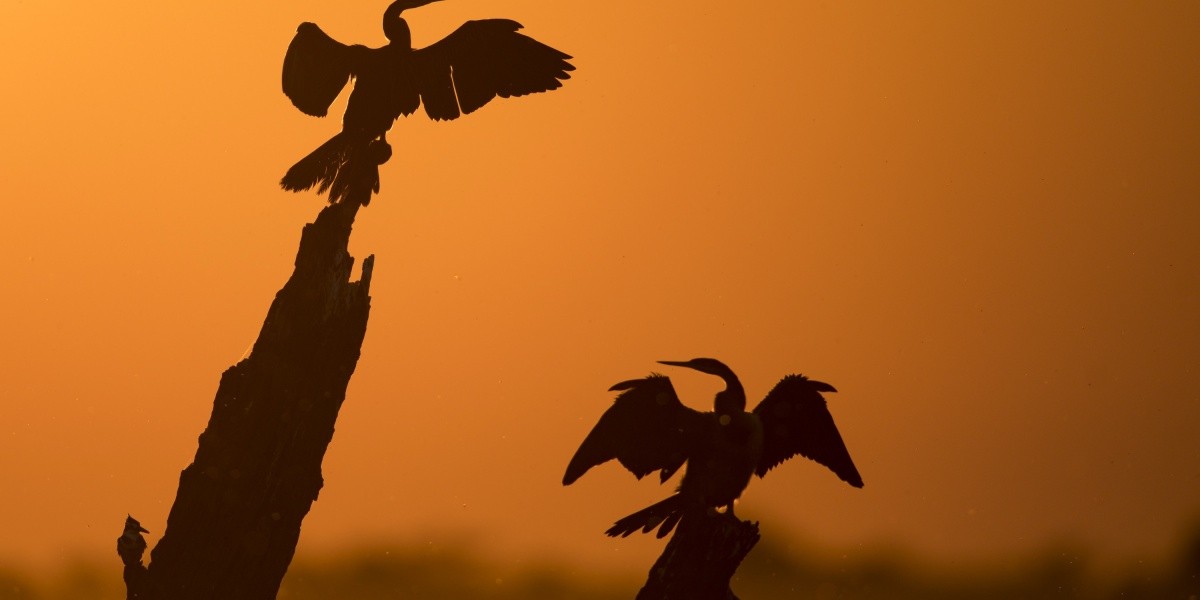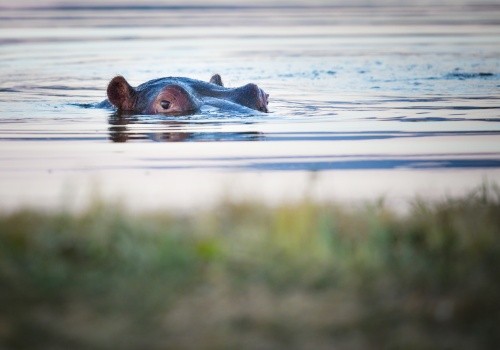Nkasa Rupara National Park
This is the largest wetland area with conservation status in Namibia, and is a haven for wetland species. When the flood waters from the Kwando River are high, the park becomes like a mini Okavango Delta.
There are about 1 000 buffaloes in Nkasa Rupara, the largest concentration in the country. It is an important corridor for elephants moving from Botswana to Angola and Zambia and is also considered as a core breeding area for wildlife that can disperse into neighbouring conservancies.
Park size: 320 km²
Proclamation: 1990
Natural features: Most of the park consists of channels of reed beds, lagoons and termitaria islands. The Kwando River forms the western boundary and the Linyanti River the south-eastern border of the park.
Vegetation: Tree and Shrub Savannah Biome. Zambezi Floodplain. Reeds, sedges, and papyrus, wild date palms (Phoenix reclinata). Tall trees such as jackal-berry (Diospyros mespiliformis) and mangosteen (Garcinia livingstonei) along the water edges and on the termitaria.
Wildlife: Hippo, Crocodile, Elephant, Buffalo, Lion, Leopard, Hyaena, African wild dog, Roan Antelope, Common impala, Red Lechwe, Reedbuck, Sitatunga, Kudu, Warthog, Spotted-necked otter, rock and water monitor lizard. 430 species of birds recorded, include breeding pairs of rare Wattled Cranes; Slaty Egret, Stanley’s Bustard, Rosy-throated Longclaw, Dickinson’s Kestrel, Allen’s Gallinule,Lesser Jacana, Black-winged and Red-winged Pratincoles, Long-toed, Lapwing, Luapula Cisticola, Coppery-tailed Coucal and Black Coucal.





